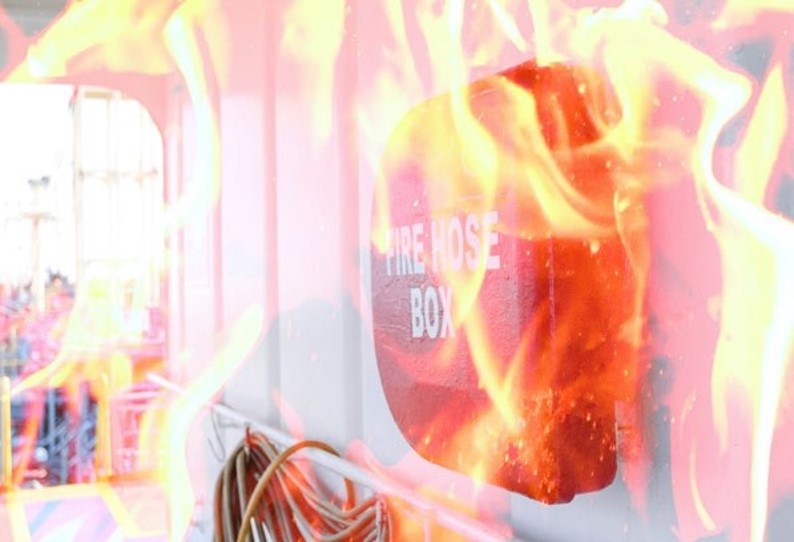
West P&I Club has issued a loss prevention bulletin in which they describe best practices and give guidelines on cargo tank cleaning and preparation onboard tankers. the Club highlights that product and chemical tankers carry a variety of commodities, often necessitating frequent tank cleaning to prevent a cross-subsequent, off-spec claim. Detailed planning of the tank cleaning is crucial, and the ship’s crew must be informed of the schedule. The extent of cleaning required depends on the properties of the previous cargo, the tank coating, the next cargo’s preloading specifications and the shipper’s requirements. Continue reading “Cargo tank cleaning and preparation onboard tankers: Best practices and guidelines”










